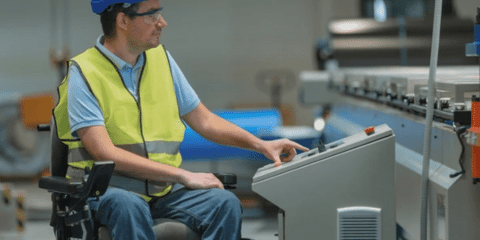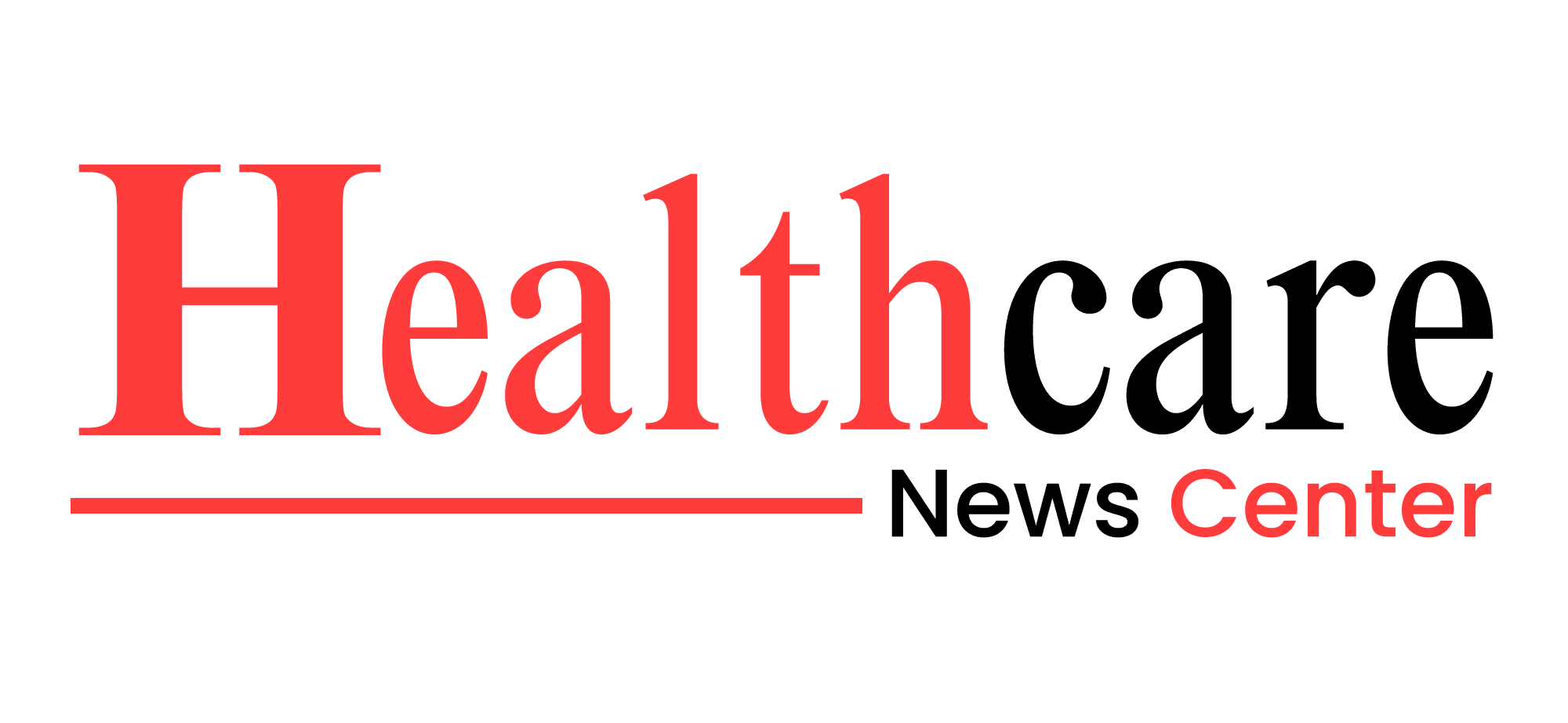Introduction: A Turning Point in Disability Employment Access
In a powerful move toward reshaping the American workforce into one that truly reflects diversity and inclusivity, the U.S. Department of Labor (DOL) has amplified its efforts to support jobs for people with disabilities. Announced in December 2024, the expansion of the National Expansion of Employment Opportunities Network (NEON) initiative marks a decisive stride in aligning public employment systems with the needs of individuals who have historically been sidelined from mainstream employment channels.
With 13 states and the District of Columbia newly welcomed as “core states” in the NEON framework for the fiscal year 2025, the message is unmistakable: competitive integrated employment (CIE) is no longer a dream—it’s becoming a national standard.
What Is the NEON Initiative? The Federal Engine Behind Disability Employment Innovation
The NEON initiative, spearheaded by the Department of Labor’s Office of Disability Employment Policy (ODEP), is not just a project—it’s a full-scale transformation mechanism aimed at creating systemic, enduring change. NEON provides customized technical assistance, policy design guidance, and strategic capacity-building to states and service providers in an effort to modernize how employment services are delivered to individuals with disabilities.
Key Goals of NEON:
- Accelerate competitive integrated employment opportunities across the U.S.
- Promote disability hiring initiatives at both public and private sector levels.
- Encourage long-term adoption of supported employment programs.
- Foster interagency cooperation and inclusive employment ecosystems.
📘 Learn More: Official NEON Program Page – U.S. Department of Labor
Meet the Trailblazers: States Leading the Charge in Inclusive Hiring
In its most recent expansion, NEON designated the following as core states for 2025—meaning they’ll receive intensive assistance and policy support to enhance their disability employment strategies:
- Colorado
- Delaware
- Hawaii
- Illinois
- Iowa
- Kentucky
- Missouri
- Montana
- New Jersey
- New York
- Ohio
- Oregon
- Tennessee
- District of Columbia
These jurisdictions have committed to deeply integrating disability-inclusive practices within their public employment and social service systems. With NEON’s support, they will be positioned as national leaders in breaking down employment barriers.
Why This Matters: The Urgency of Inclusive Employment Reform
Despite decades of advocacy, unemployment rates among people with disabilities remain significantly higher than those of the general population. According to the U.S. Bureau of Labor Statistics, in 2023:
- Only 22.5% of persons with a disability were employed, compared to 65.4% of those without.
- People with disabilities are more likely to work part-time and in lower-paying jobs.
- They face systemic biases, accessibility hurdles, and inadequate support structures.
The NEON initiative directly tackles these disparities by working to:
- Reform public policy at the state level to prioritize inclusive hiring.
- Replace outdated service models with modern supported employment programs.
- Create lasting pathways to career development and upward mobility.

How NEON Works: Building Infrastructure for Lasting Impact
1. Policy Transformation and Legislative Alignment
NEON works closely with state policymakers to analyze, update, and reframe employment laws and service regulations to support competitive integrated employment. This includes aligning local laws with federal directives such as:
- The Americans with Disabilities Act (ADA)
- Workforce Innovation and Opportunity Act (WIOA)
- Olmstead decision compliance guidelines
2. Capacity Building for Service Providers
State vocational rehabilitation agencies, community-based organizations, and disability support services are equipped with training, funding guidance, and technical assistance to enable them to:
- Transition from segregated employment models (like sheltered workshops)
- Implement evidence-based supported employment programs
- Use person-centered planning approaches
3. Sustained Mentorship and Accountability
Rather than a one-off consultation, NEON emphasizes ongoing mentorship. States receive long-term guidance to ensure their strategies are implemented effectively and adjusted as needed. This results in a dynamic feedback loop where outcomes inform further improvements.
Employment First: The Ideological Backbone of NEON
NEON is a practical expression of the Employment First philosophy—an increasingly adopted national framework which asserts that employment should be the first and preferred option for individuals with disabilities receiving public services.
What Is Employment First?
Employment First is more than a policy—it’s a cultural shift. It demands that:
- Public systems presume work is possible and desirable for everyone.
- Resources are prioritized toward individualized, competitive, and integrated employment.
- Employment is not considered a secondary goal to disability support—it is central.
This approach is championed by numerous federal agencies and supported by national advocacy organizations, including:
- APSE – Association of People Supporting Employment First
- National Association of State Directors of Developmental Disabilities Services (NASDDDS)
Success in Action: The Impact of Supported Employment Programs
Real-Life Examples from Core States
🌄 Colorado’s Pathways Program
Colorado has developed “Pathways to Employment”, a model supported employment program that connects individuals with developmental disabilities to customized jobs in technology and retail. Through employer partnerships and job coaching, participants have achieved sustained employment in competitive sectors.
🗽 New York’s Inclusive Workforce Coalition
New York State’s Department of Labor collaborated with multiple stakeholders to form the Inclusive Workforce Coalition, which aligns vocational rehabilitation agencies, Medicaid services, and higher education programs to support youth with disabilities entering the workforce.
📊 Result: Within 12 months, participating regions in New York reported a 32% increase in disability employment placements.
Why Supported Employment Works
Supported employment programs aren’t about charity—they’re about leveraging strengths and dismantling systemic barriers. These programs provide:
- Job coaches and employment specialists to offer on-the-job training and support
- Assistive technologies to facilitate productivity
- Flexible work arrangements that accommodate individual needs
- Natural supports within the workplace to foster inclusion
Resources for Employers, Policymakers, and Advocates
🔗 Trusted Government Sources
🔗 Research & Reports
🔗 Employer-Focused Tools
These resources offer data, implementation guides, training materials, and case studies to help employers and public officials accelerate disability hiring initiatives in their own organizations.
Building a Disability-Inclusive Workforce: A Call to Employers
Employers play a pivotal role in reshaping employment opportunities for people with disabilities. Embracing this talent pool is not only a matter of social responsibility—it’s a business advantage. Research consistently shows that inclusive companies outperform their peers in innovation, customer loyalty, and employee satisfaction.
Action Steps for Employers:
- Conduct accessibility audits of hiring processes
- Partner with state-supported employment programs
- Offer training for HR teams on disability inclusion
- Invest in mentorship and peer-support programs
The Road Ahead: Expanding the NEON Model Nationwide
While NEON’s expansion to 14 jurisdictions is a milestone, the journey is far from over. Advocates envision a future where every state has adopted comprehensive frameworks for inclusive employment. The ripple effect is already being felt as other states express interest in the NEON model and begin piloting their own disability hiring initiatives.
Final Thoughts: From Barriers to Bridges
The expansion of NEON marks a watershed moment in how the U.S. addresses employment disparities among individuals with disabilities. With policy support, community engagement, and employer collaboration, the potential to radically shift the employment landscape is both real and within reach.
Let’s Recap the Key Takeaways:
- NEON aims to systemically transform how states support jobs for people with disabilities.
- The initiative is built on the proven principles of Employment First and supported employment.
- Employers, policymakers, and advocates each play a critical role in turning inclusive hiring into a national standard.
In the words of Assistant Secretary of Labor for Disability Employment Policy, Taryn M. Williams:
“Inclusive employment is not just an opportunity—it is a right.”
Get Involved, Stay Informed
Join the growing movement to support jobs for people with disabilities. Explore how your organization, agency, or business can champion inclusion, accessibility, and equity in the workforce.
For updates, subscribe to ODEP News and follow @USDOL on social media.

